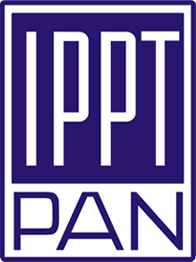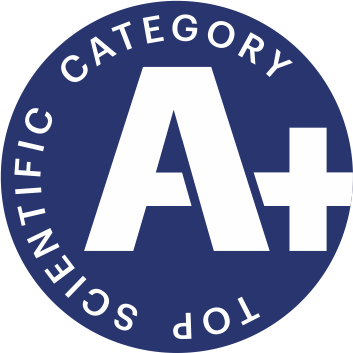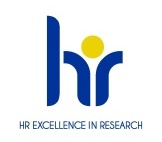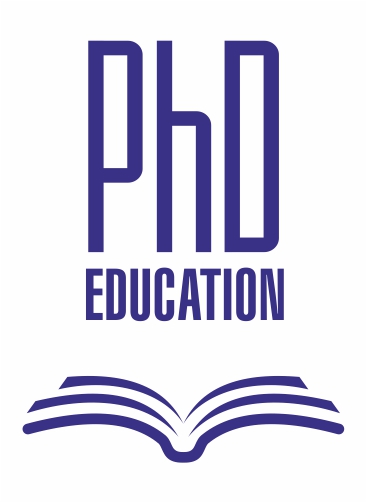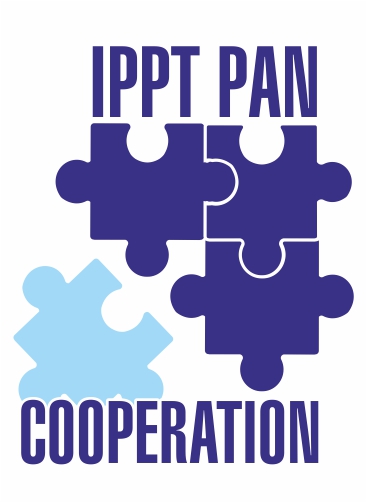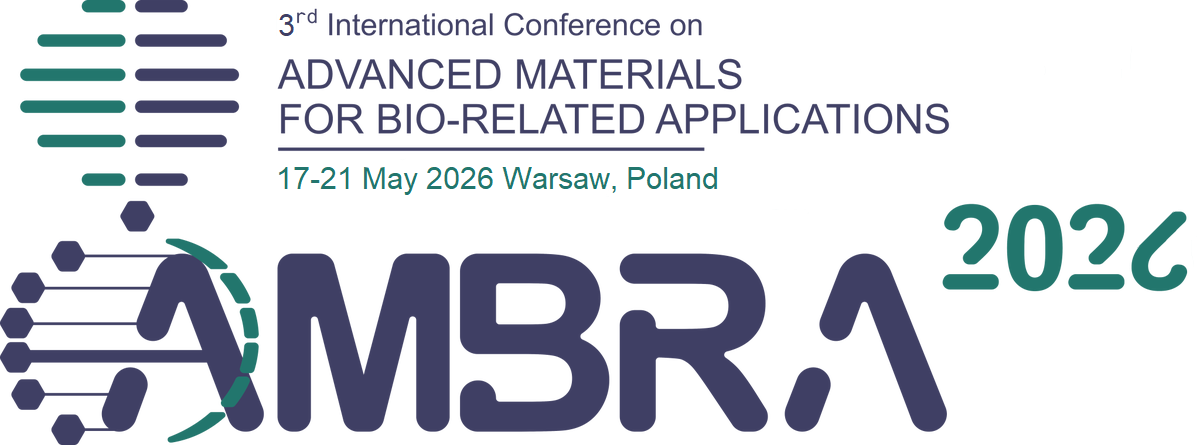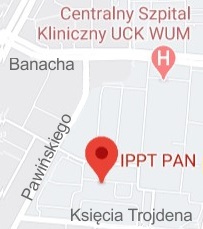| 1. |
Kopeć M., Mierzejewska I., Grzywa A.♦, Gontarczyk A.♦, Kowalewski Z.♦, Rayleigh Optic Strain Sensor for Creep Monitoring,
Applied Sciences, ISSN: 2076-3417, DOI: 10.3390/app15179796, Vol.15, No.9796, pp.1-17, 2025 Abstract:
Operation time and variability in structural, thermal, and environmental loads are important factors affecting the operational safety of power plant structures. Although conventional testing techniques are usually used to assess the level of damage introduced to a structure due to prolonged service, most of them are destructive and time- and costintensive. Therefore, in this paper, a novel approach consisting of Rayleigh optic strain sensors for deformation monitoring under creep conditions is proposed. The suitability of this methodology was assessed during quasi-static loading tests at room temperature, as well as during a long-term creep test at 540 °C under constant stress of 130 MPa, which was performed on a specimen made of 13HMF power engineering steel. The sensor attached to the specimen’s surface was used to monitor strain evolution during 678 days of high-temperature exposure under creep conditions. It was confirmed that the methodology proposed could be successfully used to monitor strain changes under quasi-static and creep conditions, as an excellent agreement between the fiber optic strain sensors and conventional strain recorders was achieved Keywords:
fiber optic strain sensor, Rayleigh backscattering, creep, strain history monitoring Affiliations:
| Kopeć M. | - | IPPT PAN | | Mierzejewska I. | - | IPPT PAN | | Grzywa A. | - | other affiliation | | Gontarczyk A. | - | other affiliation | | Kowalewski Z. | - | other affiliation |
| 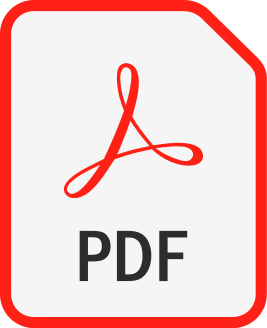 |
| 2. |
Mierzejewska I., Durejko T.♦, Antolak-Dudka A.♦, Zasada D.♦, Kopeć M., Unravelling enhanced mechanical properties of LENS-manufactured Ti-5553 alloy through interlayer dwell control without post-processing heat treatment,
JOURNAL OF ALLOYS AND COMPOUNDS, ISSN: 0925-8388, DOI: 10.1016/j.jallcom.2025.182893, No.182893, pp.1-18, 2025 Abstract:
Near-β titanium alloys such as Ti–5Al–5Mo–5V–3Cr (Ti-5553) are widely applied in aerospace and automotive industries due to their high strength and fracture toughness. While additive manufacturing (AM) via Laser Engineered Net Shaping (LENS) provides design flexibility for such alloys, their mechanical properties are directly dependent on extensive post-processing. This study demonstrates that the introduction of a 26-second interlayer dwell time during LENS fabrication enables in-situ microstructural tailoring, resulting in a distinctive α/β structure with Widmanstätten features and thus, eliminating the need for further heat treatment. The as-built Ti-5553 alloy achieved a superior combination of yield strength (1198 MPa) and ductility (16%), outperforming both heat-treated and conventionally processed counterparts. Comparative annealing at 300 °C, 700 °C, and 750 °C led to moderate changes in strength or ductility thus proving that the as-built condition is characterized by the most balanced performance. These findings highlights, that the proper interlayer dwell time selection enable achieving application-ready mechanical properties in β-Ti alloys directly from the AM process. Keywords:
Ti-5553 titanium alloy,β-Ti alloys,Direct Energy Deposition (DED),Microstructure Affiliations:
| Mierzejewska I. | - | IPPT PAN | | Durejko T. | - | other affiliation | | Antolak-Dudka A. | - | other affiliation | | Zasada D. | - | other affiliation | | Kopeć M. | - | IPPT PAN |
|  |
| 3. |
Kopeć M., Przygucka D.♦, Mierzejewska I., Sitek R.♦, Kowalewski Z.L., Jóźwiak S.♦, Effect of printing orientation on microstructure and fatigue behaviour of additively manufactured Haynes 282,
JOURNAL OF ALLOYS AND COMPOUNDS, ISSN: 0925-8388, DOI: 10.1016/j.jallcom.2025.181777, No.181777, pp.1-16, 2025 Abstract:
In this study, Haynes 282 alloy bars were fabricated using Direct Metal Laser Sintering (DMLS) in three build orientations: 0°, 45°, and 90°. The process was conducted under an argon protective atmosphere with an energy density of 104 J/mm³, a laser power of 100 W, and a scanning speed of 800 mm/s. The additively manufactured (AM) specimens underwent fatigue testing at stress amplitudes ranging from ±550 MPa to ±800 MPa. Specimens printed at 0° and 45° showed significantly improved mechanical performance, indicating these orientations are more favorable. Notably, the AM specimens demonstrated extended service life at stress amplitudes below 700 MPa, highlighting the potential of DMLS for producing durable Haynes 282 components. Keywords:
Haynes 282,nickel alloys,fatigue,additive manufacturing,Direct Metal Laser Sintering (DMLS) Affiliations:
| Kopeć M. | - | IPPT PAN | | Przygucka D. | - | other affiliation | | Mierzejewska I. | - | IPPT PAN | | Sitek R. | - | Warsaw University of Technology (PL) | | Kowalewski Z.L. | - | IPPT PAN | | Jóźwiak S. | - | Military University of Technology (PL) |
|  |
| 4. |
Kopeć M., Mierzejewska I., Gorniewicz D.♦, Sitek R.♦, Jóźwiak S.♦, High-temperature oxidation behaviour of additively manufactured and wrought HAYNES 282,
JOURNAL OF MATERIALS SCIENCE, ISSN: 0022-2461, DOI: 10.1007/s10853-024-10207-4, pp.1-19, 2024 Abstract:
Direct Metal Laser Sintered Haynes 282 specimens as well as wrought ones were subjected to high-temperature exposure at 1000 °C for 100h in air to compare their oxidation behaviour. The specimens were removed from the furnace after 1h, 5h, 25h, 50h and 100h to reveal and study oxidation mechanisms through morphological and cross-sectional examination by using scanning electron microscopy with energy dispersive spectroscopy attachment and X-ray diffraction. Microstructural studies revealed that the oxidation kinetics, determined by changes in thickness scale and depth of aluminium diffusion zone, were mainly driven by the formation of Cr2O3 for the wrought material, and TiO2 for DMLS one. The wrought material was characterized by the oxidation rate equal to 0.96 and followed the logarithmic law. On the other hand, DMLS-manufactured Haynes 282 exhibited oxidation rate of 0.90 and follows the linear law for the thickness scale considerations. However, when the depth of aluminium diffusion was investigated, it had an oxidation rate of 0.87 and followed cubic law. Affiliations:
| Kopeć M. | - | IPPT PAN | | Mierzejewska I. | - | IPPT PAN | | Gorniewicz D. | - | Military University of Technology (PL) | | Sitek R. | - | Warsaw University of Technology (PL) | | Jóźwiak S. | - | Military University of Technology (PL) |
|  |
| 5. |
Barwińska I., Kopeć M., Kukla D., Senderowski C.♦, Kowalewski Z.L., Thermal Barrier Coatings for High-Temperature Performance of Nickel-Based Superalloys: A Synthetic Review,
Coatings, ISSN: 2079-6412, DOI: 10.3390/coatings13040769, Vol.13, No.4, pp.1-21, 2023 Abstract:
With the rising demands of industry to increase the working temperature of gas turbine blades and internal combustion engines, thermal barrier coatings (TBC) were found to be an effective way to further enhance the lifetime of aero components through the improvement of mechanical properties and oxidation-resistance. Thus, this paper aims to review coating technologies with special emphasis on plasma-sprayed thermal barrier coatings (PS), and those produced by physical vapor deposition (PVD) and chemical vapor deposition (CVD) methods. Each technology was assessed in terms of its effectiveness to enhance the mechanical response and oxidation resistance of nickel-based parts working at high temperature. The effect of coating technology on mechanical strength, hardness, fatigue and creep of nickel alloys was discussed to reveal the potential candidates for future applications in aggressive environments Keywords:
high temperature corrosion, fatigue, creep, aggressive environment, turbine blade Affiliations:
| Barwińska I. | - | IPPT PAN | | Kopeć M. | - | IPPT PAN | | Kukla D. | - | IPPT PAN | | Senderowski C. | - | other affiliation | | Kowalewski Z.L. | - | IPPT PAN |
|  |
| 6. |
Barwińska I., Kopeć M., Kukla D., Łazińska M.♦, Sitek R.♦, Kowalewski Z., Effect of Aluminizing on the Fatigue and High-Temperature Corrosion Resistance of Inconel 740 Nickel Alloy,
The Journal of The Minerals, ISSN: 1047-4838, DOI: 10.1007/s11837-022-05662-w, Vol.75, No.2, pp.1-13, 2023 Abstract:
The fatigue response and high-temperature corrosion resistance of Inconel 740 nickel alloy in its as-received state, and the same material with aluminized surface layer, were investigated. The aluminized layer was applied by using the chemical vapor deposition process with the participation of AlCl3 vapors under a hydrogen protective atmosphere at a temperature of 1040°C for 8 h and internal pressure of 150 hPa. The microstructure of the aluminized layer was characterized through scanning electron microscopy and x-ray energy dispersive spectroscopy analysis. It was found that Inconel 740 with an aluminized surface exhibited an improved hardness and fatigue response of 100 MPa in the whole range of stress amplitudes from 350 MPa to 650 MPa. Additionally, the application of the aluminization process enhanced service life as well as the corrosion resistance of the alloy in question and effectively protected it against high-temperature corrosion. Affiliations:
| Barwińska I. | - | IPPT PAN | | Kopeć M. | - | IPPT PAN | | Kukla D. | - | IPPT PAN | | Łazińska M. | - | Military University of Technology (PL) | | Sitek R. | - | Warsaw University of Technology (PL) | | Kowalewski Z. | - | IPPT PAN |
|  |
| 7. |
Kopeć M., Gorniewicz D.♦, Kukla D., Barwińska I., Jóźwiak S.♦, Sitek R.♦, Kowalewski Z.L., Effect of plasma nitriding process on the fatigue and high temperature corrosion resistance of Inconel 740H nickel alloy,
ARCHIVES OF CIVIL AND MECHANICAL ENGINEERING, ISSN: 1644-9665, DOI: 10.1007/s43452-022-00381-0, pp.57-1-15, 2022 Abstract:
The paper presents a comparison of microhardness, fatigue and high temperature corrosion of Inconel 740H nickel alloy in its as-received state and the same material with nitrided surface layers. The nitrided layers were produced using traditional glow discharge nitriding (specimens nitriding on the cathode potential) and an active screen (specimens nitriding at the plasma potential). A microstructure of the layers was characterized through the scanning electron microscopy, X-ray energy dispersive spectroscopy and X-ray diffraction analysis. Mechanical properties of the nitrided Inconel 740H alloy were examined using microhardness measurements and standard fatigue tests. It was found that Inconel 740H with a nitrided surface exhibited an improved fatigue response of 50 MPa in the whole range of stress amplitudes from 350 to 650 MPa and almost 325% increase of hardness for plasma modified surface and 250% for cathode modified surface. Additionally, the application of cathode nitriding enhanced the corrosion resistance of the alloy in question and effectively protected it against a high temperature oxidation. Keywords:
nitriding, nickel alloys, coatings, fatigue, corrosion Affiliations:
| Kopeć M. | - | IPPT PAN | | Gorniewicz D. | - | Military University of Technology (PL) | | Kukla D. | - | IPPT PAN | | Barwińska I. | - | IPPT PAN | | Jóźwiak S. | - | Military University of Technology (PL) | | Sitek R. | - | Warsaw University of Technology (PL) | | Kowalewski Z.L. | - | IPPT PAN |
|  |
| 8. |
Barwińska I., Kopeć M., Łazińska M.♦, Brodecki A., Durejko T.♦, Kowalewski Z.L., Three Point Bending of Laser Engineered Net Shaping (LENS) Repaired Inconel 625,
Physical Science Forum, ISSN: 2673-9984, DOI: 10.3390/psf2022004001, Vol.4, No.1, pp.1-7, 2022 Abstract:
In this paper, the LENS technique with optimized parameters was applied to investigate the feasibility of Inconel 625 repair process. The process was performed on the substrate material heated to 300 ◦C at laser power of 550 W. Subsequently, the specimens were subjected to microhardness and three-point bending tests to assess the effectiveness of the repair system. The results showed that the mechanical properties of the Inconel 625 specimens repaired by using the LENS system were similar or even better than those of the substrate material. Keywords:
LENS technology, Inconel alloys, repair process, additive manufacturing Affiliations:
| Barwińska I. | - | IPPT PAN | | Kopeć M. | - | IPPT PAN | | Łazińska M. | - | Military University of Technology (PL) | | Brodecki A. | - | IPPT PAN | | Durejko T. | - | Military University of Technology (PL) | | Kowalewski Z.L. | - | IPPT PAN |
|  |
| 9. |
Barwińska I., Kopeć M., Łazińska M.♦, Brodecki A., Durejko T.♦, Kowalewski Z.L., Suitability of laser engineered net shaping technology for Inconel 625 based parts repair process,
Materials, ISSN: 1996-1944, DOI: 10.3390/ma14237302, Vol.14, No.23, pp.7302-1-14, 2021 Abstract:
In this paper, the Inconel 625 laser clads characterized by microstructural homogeneity due to the application of the Laser Engineered Net Shaping (LENS, Optomec, Albuquerque, NM, USA) technology were studied in detail. The optimized LENS process parameters (laser power of 550 W, powder flow rate of 19.9 g/min, and heating of the substrate to 300 °C) enabled to deposit defect-free laser cladding. Additionally, the laser clad was applied in at least three layers on the repairing place. The deposited laser clads were characterized by slightly higher mechanical properties in comparison to the Inconel 625 substrate material. Microscopic observations and X-ray Tomography (XRT, Nikon Corporation, Tokyo, Japan) confirmed, that the substrate and cladding interface zone exhibited a defect-free structure. Mechanical properties and flexural strength of the laser cladding were examined using microhardness and three-point bending tests. It was concluded, that the LENS technology could be successfully applied for the repair since a similar strain distribution was found after Digital Image Correlation measurements during three-point bending tests. Keywords:
LENS technology, Inconel alloys, repair process, additive manufacturing Affiliations:
| Barwińska I. | - | IPPT PAN | | Kopeć M. | - | IPPT PAN | | Łazińska M. | - | Military University of Technology (PL) | | Brodecki A. | - | IPPT PAN | | Durejko T. | - | Military University of Technology (PL) | | Kowalewski Z.L. | - | IPPT PAN |
|  |















